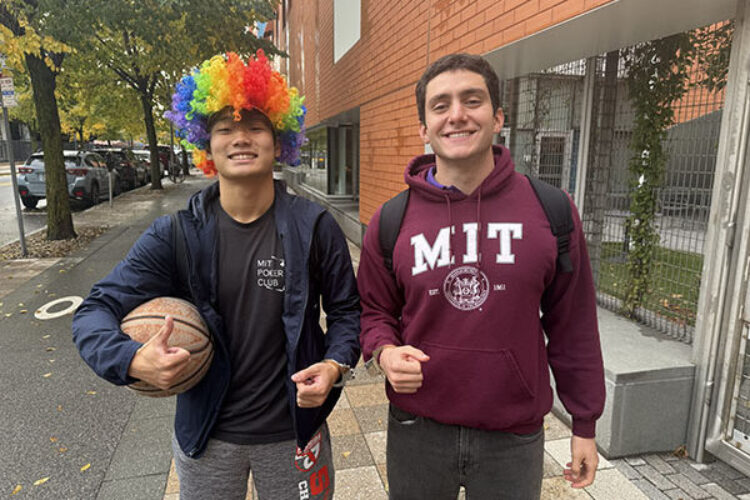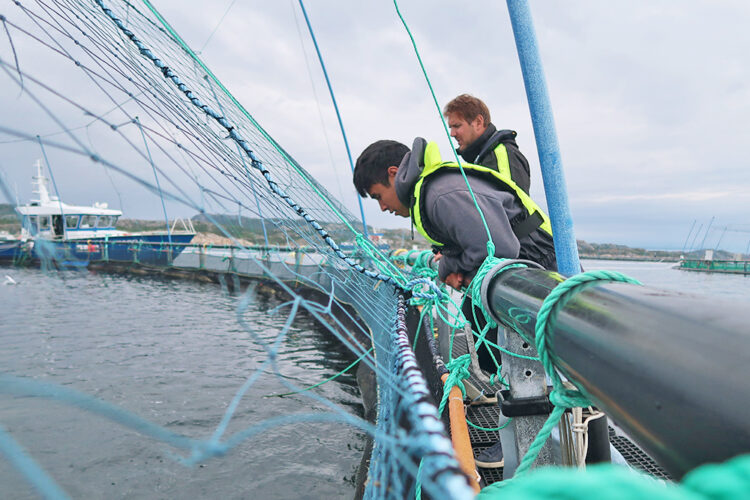At the very least to build an art gallery you must own art, but for MIT architecture graduate students, Marwan Aboudib, Kun Qian, and Tengja Liu that is not exactly how they went about it.
The three of them who met each other through their first studio project in the first semester of their Master of Architecture program collaborated and asked themselves how to create value out of student art done in design programs such as architecture.
“Our aim is to become the world’s largest gallery without owning real estate or art, just by connecting the two,” they said.
It was treated as a fun project at first, but what took shape was their startup called, Tekuma, and it didn’t take long before it took hold.
The process began with the idea to have an online marketplace for student art. A series of impromptu gallery pop-ups featuring works by their friends found some success, but they ran into trouble with space usage and printing permissions. While relocating artwork around midnight amidst heavy rain their project evolved.
“My co-founder came up with this idea to put one artwork in each study room and leave a paper that says, ‘scan the code, pay for the artwork, and just take it.’”
In a month this method sold seven out of 20 pieces.
“We added value not just to the artwork but to the room itself. It was that moment there when we realized as architects that is our core, and that is what we can do well,” said Aboudib.
Locating hospitality spaces to host works from emerging artists creates a symbiotic relationship where artists can showcase their creations while hotels and Airbnbs can add unique and authentic flair to otherwise generic spaces. Tekuma’s model opens doors for artists that may have been closed by formal art galleries.
“The art gallery industry today has become quite elitist and inaccessible due to limited space,” described Aboudib. “We want to democratize the landscape by enabling people to transform their spaces into art galleries.”
While navigating the challenges of being students with a startup, Aboudib and his peers found themselves surrounded by formative resources. The group utilized MIT Venture Mentoring Service (VMS) where they received advice, were recommended milestones, and were instructed to execute certain tasks when building a startup business.
In the summer of 2015, they were officially accepted into the MIT GFSA Accelerator where Tekuma was treated like a full-blown company and its founders were shaped into entrepreneurs.
Another accomplishment of Tekuma recently was hiring its first employee and using an Airbnb as both a test lab and office.
Since the establishment of Tekuma, Aboudib believes that other students who are interested in entrepreneurship or building a startup of their own is more than capable of doing so. Aboudib highlights that students need to be passionate about what they are doing.
“Just attack! Execute. Don’t overthink. Ideas are overrated. It’s all about doing what you love and testing it out; from there on everything else just comes. You seriously have nothing to lose; the educational experience is out of this world, and even failure is considered a success when you try to start a company while at MIT.”
Additional contributions by Stephanie Tran.
Have a question about this article?
Contact Sarah Foote from the Division of Student Life’s Communications Office at dsl-comm@mit.edu








